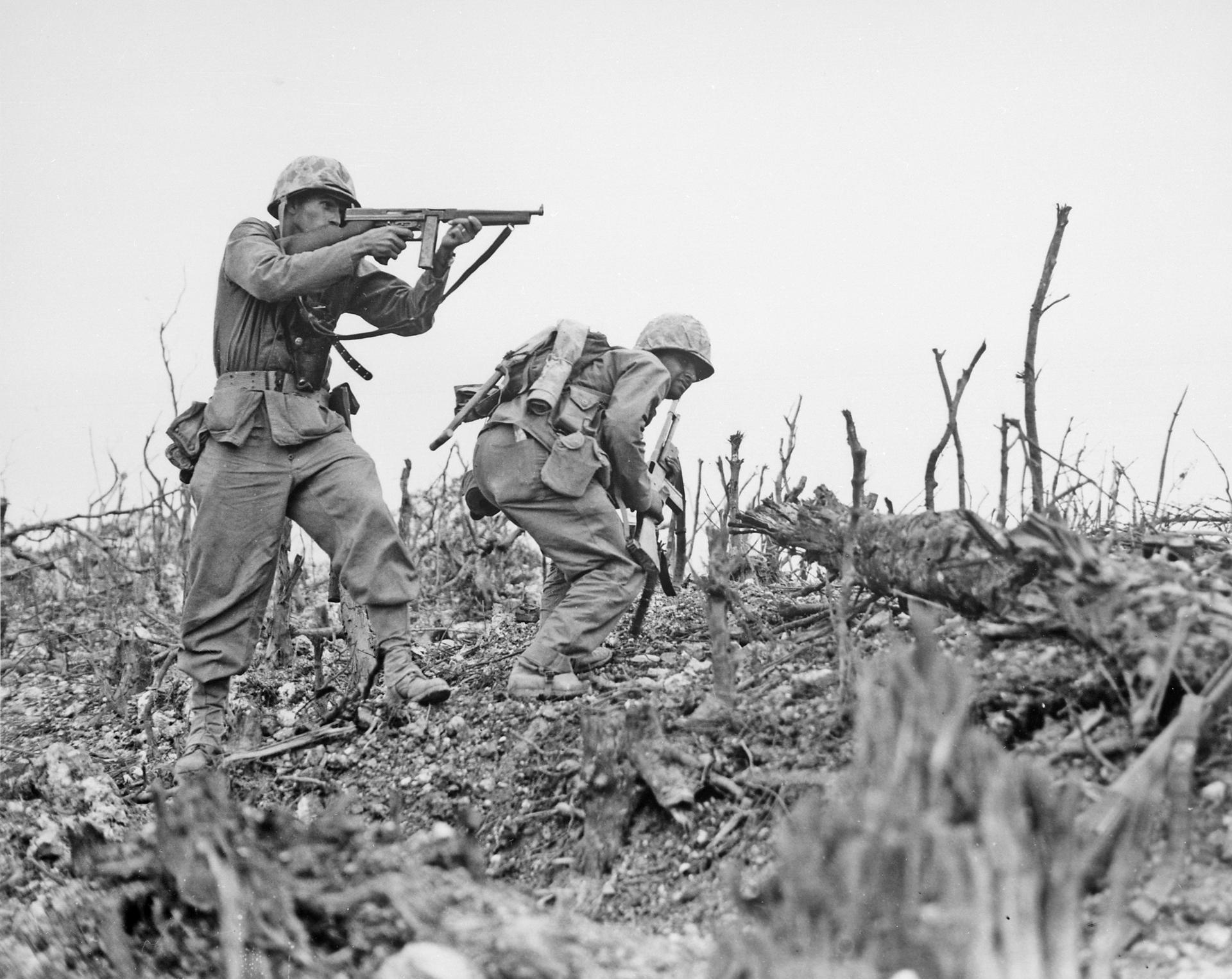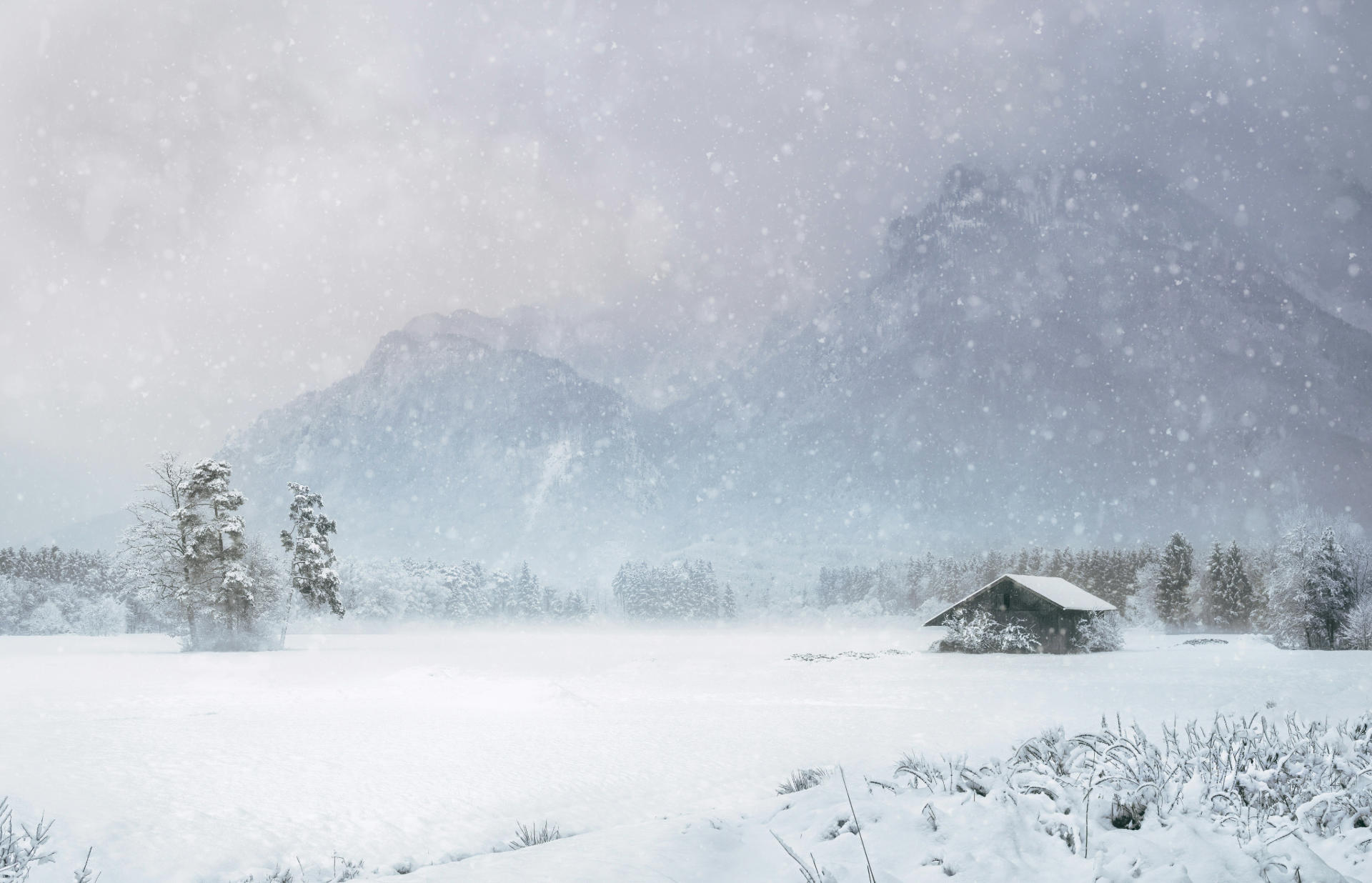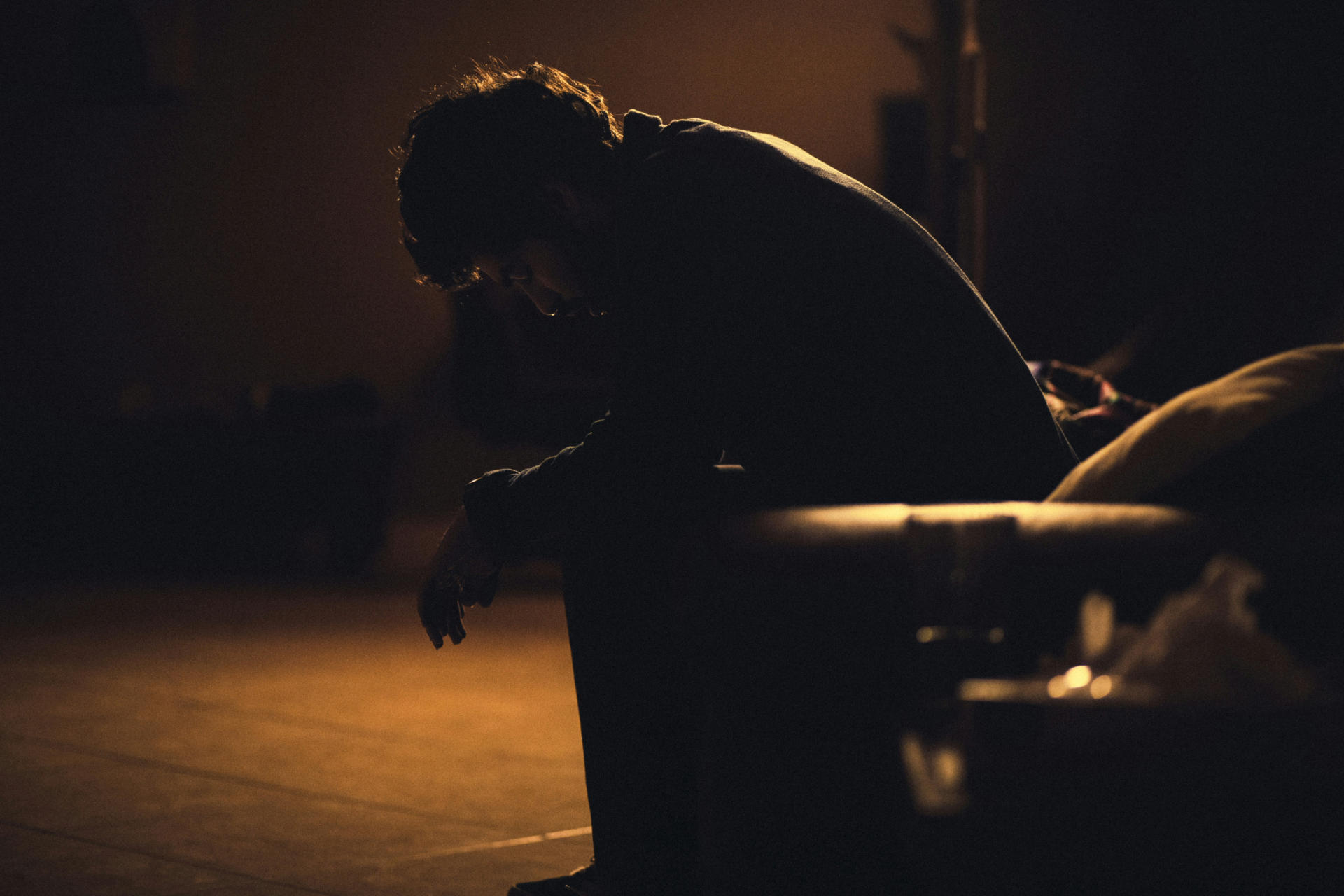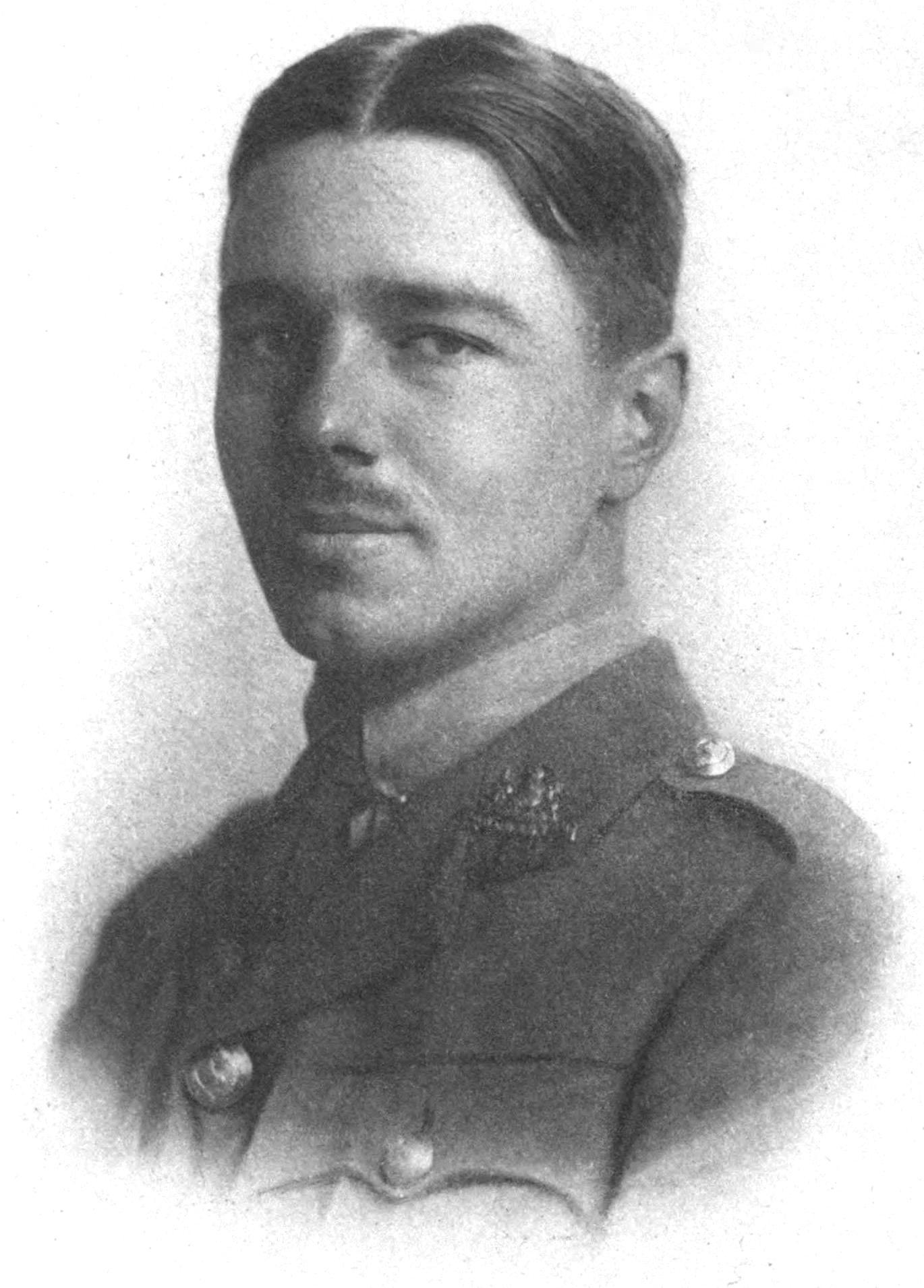Chapters
Written between 1917 and 1918, “Exposure”, by Wilfred Owen is a bleak yet captivating poem that takes a look at the lives of soldiers living in the trenches during the height of World War I.
A sad and haunting portrayal of war, it’s not difficult to pick up on the author's personal sense of disillusionment with the conflict and his empathy for the suffering of his comrades. Unafraid to take the reader on a dark journey, Owen uses a mix of vivid imagery and powerful language to bring us face to face with the relentless torment that the soldiers experienced day in and day out.
In this article, one of a series focused on some of the world's most influential poems, we’ll take a magnifying glass to “Exposure” and learn about its central themes, structure, and other important details.

What is “Exposure” About?
“Exposure” by Wilfred Owen is a compelling poem that focuses on the grim experiences of soldiers during World War I. Owen, who at one point served as a soldier himself, draws upon his own personal life experiences as a means to provide the reader with a harrowing account of life in the trenches.
Masterfully capturing the suffering the soldiers are facing on an almost daily occurrence, he details the ongoing hardships caused not only by the enemy but by the brutal and unforgiving weather too.
Over time, the poem has slowly but surely become one of Owen's most famous works and is widely read and studied by students all over the globe.

What Themes Are Present in Exposure?
One of the most obvious themes in “exposure” focuses on the relentless brutality of war. Throughout the poem, Owen meticulously details how harsh the conditions are in the trenches.
Additionally, another theme touched on revolves around the futility and hopelessness of war. We can see this with phrases like “But nothing happens” which is repeated throughout the poem in order to demonstrate the lack of overall progress or resolution being made.

Through his writing, he emphasises to the reader that death in war is not always a result of the enemy and also be due to severe weather and poor living conditions too.
In fact, nature itself can be seen as a sort of antagonist of the story, with the relentless cold, biting wind, and bouts of snow becoming a sort of “enemy” for the tired troops.
The soldiers themselves are almost trapped in a type of limbo, where their efforts and sacrifices are ultimately meaningless. “Exposure” also explores the psychological trauma that the soldiers try their best to endure. At one point during the poem, he describes the troops as being haunted by the "poignant misery of dawn" as a way to convey their continuing feelings of hopelessness.
Lastly, the poem can also be seen as a critique of how many people romanticise and glorify war when the actual reality is horrific and more often than not scarring.
How Are You Meant to Interpret Exposure?
Much like any influential poem, the way in which a person interprets a poem can be widely different depending on their worldviews and personalities.
As a result, you may very well come to a different conclusion about what certain lines in the poem mean compared to someone else. That being said, let's go through some of the interpretations that can be backed up with solid evidence present in the text.
Take this line “we cringe in holes” which goes a long way in evoking the image of the soldiers as cornered and frightened animals, showing their vulnerability and instinct to find safe shelter. Alternatively, the same line could also demonstrate that the soldiers are just ordinary people like us who have been forced to deal with dire circumstances.
Another thought provoking line is “Our brains ache”, which can also be interpreted in various different ways. For instance, one reader might take this as the author's way of showing the soldiers physical pain caused by the cold and noise of the war, while another could see it as a sort of shell shock like reaction caused by the intense psychological trauma.

How Are Structure and Language Used in the Poem?
The structure of “exposure” plays a major role in highlighting its themes and is what gives the poem much of its emotional weight.
Comprising eight stanzas (a stanza is a group of lines), the last line in each is written shorter in order to bring the reader's attention to it. More often than not, these lines take the form of a rhetorical question or, as mentioned previously, the repeated and meaningful phrase “But nothing happens”.
Alongside this, each stanza in the poem follows something called an ABBA rhyme scheme - this means that both the first and fourth lines and second and third lines rhyme with each other.
However, at times, many of the words used do not properly work as full rhymes. What do we mean by this? Well, the author uses half rhyme to create an unsettling and disjointed effect. For example, words like "knife us" and "nervous" don't actually fully rhyme, therefore disrupting the flow and reflecting the soldiers' fragmented experiences.
Additionally, when it comes to language, Owen uses techniques like alliteration (repeating consonant sounds) and assonance (repeating vowel sounds) to make the poem's rhythm and emotional impact stronger as well.
Why Did Owen Decide to Write “Exposure”?

When Wilfred Owen wrote "Exposure" during World War I, the world was in turmoil like never before. Seeing the horrors of trench warfare first-hand while serving on the Western front, he would eventually gain inspiration from his experiences and take to writing poetry to express his views and feelings about war as a whole.
Through his masterful writing, Owen began to show the disillusionment and suffering that so many soldiers felt, boldly challenging the patriotic stories that were common at the time. Additionally, his friendship with Siegfried Sassoon, who was another famous war poet of the time, also had a huge impact on Owen's views and further encouraged him to use his poetry to protest against the war.
Conclusion
In conclusion, Wilfred Owen's brilliant yet decidedly sombre and bleak poem “Exposure” captures the relentless suffering of World War I soldiers as they battle both enemy forces and increasingly harsh weather.
Through his poem, Owen paints not a romanticised picture of war as was common during his time, but one that instead reveals the deep psychological torment and scars it can leave on a person.
Today, his poem still leaves a lasting impact on readers and serves as a powerful warning to those ignorant to the true horrors of conflict.












